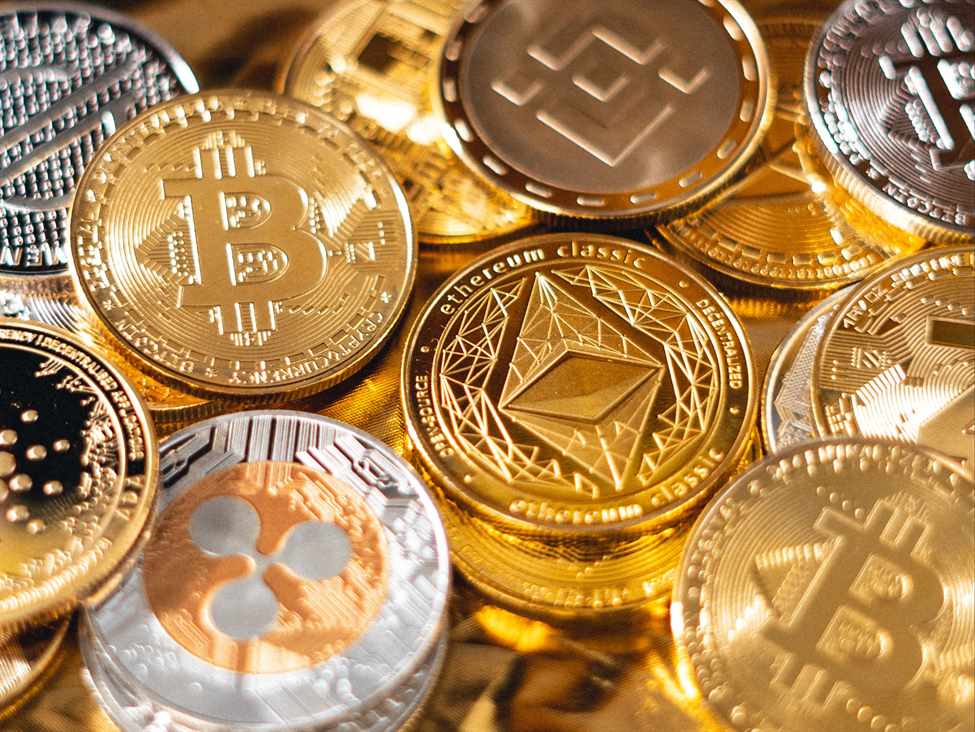The cryptocurrency market has gained significant attention in recent years. The rise of Bitcoin and other digital currencies has captivated individuals from various backgrounds, sparking widespread interest in the potential of these decentralized financial systems. However, it is essential to understand the market structure of cryptocurrencies to make informed investment decisions.
Market structure refers to the organization and characteristics of a market. In the case of cryptocurrencies, the market structure is unique due to its decentralized nature. In contrast to traditional financial markets, cryptocurrencies operate without a central authority or governing body overseeing transactions and pricing. Instead, these digital assets work on blockchain technology, which enables peer-to-peer transactions without intermediaries.
One key aspect of the cryptocurrency market structure is the role of emotions. Diverging from traditional financial markets, where prices are often guided by rational decision-making grounded in economic fundamentals, the value of cryptocurrencies is notably shaped by human emotions, particularly fear and greed. This emotional aspect can lead to extreme price volatility, making it both an opportunity and a risk for investors.
Emotions play a significant role in shaping investor behavior in the cryptocurrency market. Investors are frequently driven to purchase cryptocurrencies during rapid price increases due to the fear of missing out (FOMO). This herd mentality can lead to speculative bubbles, where prices skyrocket based on hype rather than underlying value. On the other hand, fear and panic can cause sudden sell-offs, resulting in sharp price declines. These emotional reactions can create opportunities for traders who understand how to navigate the market
dynamics.
Another critical factor that influences the cryptocurrency market structure is economics. Economic principles, including supply and demand dynamics, scarcity, and utility, contribute to shaping the value of digital assets. For example, cryptocurrencies with limited supply, such as Bitcoin, may be more valuable due to their perceived scarcity. Similarly, cryptocurrencies that offer unique features or utility may attract more demand from users and investors.
Recognizing the interplay between emotions and economics in cryptocurrencies is essential for investors. It requires a balance between rational analysis of economic fundamentals and navigating the emotional rollercoaster of this volatile market. Successful cryptocurrency investors often develop strategies incorporating technical analysis and an understanding of investor sentiment.
Moreover, external factors such as regulatory developments and news events influence the cryptocurrency market structure. Government regulations can impact the legality and acceptance of cryptocurrencies, leading to shifts in market sentiment. News about security breaches or hacking incidents can also significantly affect investor confidence and market dynamics.
In conclusion, the cryptocurrency market structure is unique due to its decentralized nature and the influence of emotions and economics. Comprehending the interaction of these factors is vital for investors navigating the volatile cryptocurrency market. By integrating rational analysis and emotional intelligence, investors can make well-informed decisions and seize the opportunities presented by the cryptocurrency market.
This article was generated with the support of AI and reviewed by an editor. For more information, see our T&C.

